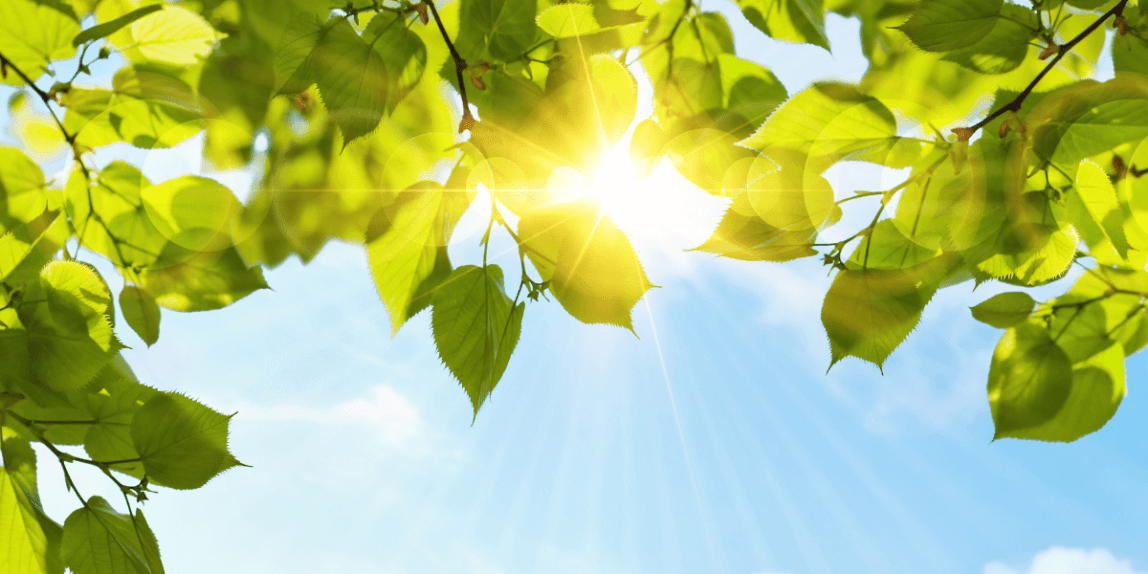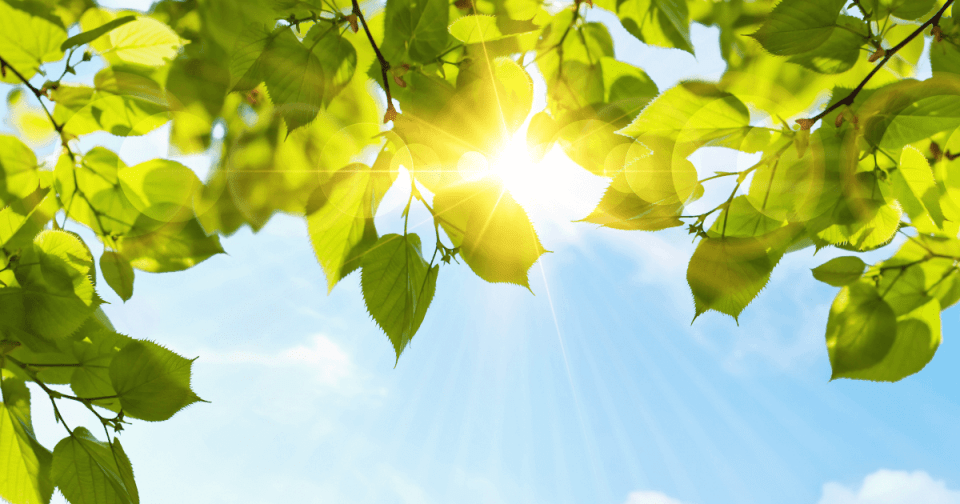
Beneath the scorching desert sun, a battle for the survival of your garden begins. But fear not, fellow desert Southwest gardeners, for we hold the secrets to keeping your garden thriving throughout the summer months. This month, complete these 6 essential garden tasks to safeguard your plants, optimize growth, and ensure a bountiful harvest. Let’s dig!
1. Use mulch to keep your soil cool and moist.
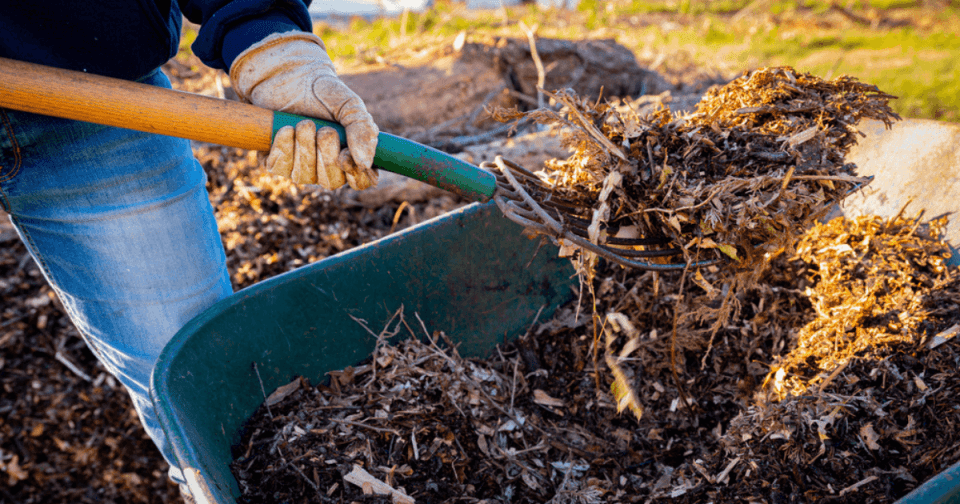
June is a great time to replenish mulch layers in your garden! Mulching offers several benefits, including cooling the soil, suppressing weeds, and retaining precious moisture. Pay special attention to mulching around your vegetables, as they require cool and moist soil during the scorching summer months. Consider using cedar mulch, which naturally repels insects without the need for pesticides. Another excellent option is Dr. Q’s Premium Paydirt Planting Mix, a fully composted garden mulch that provides essential nutrients to your plants. Apply a layer of mulch that is about 2-3 inches thick, ensuring you keep it away from flower stems to avoid stem rot and from trunks to prevent crown or root rot.
2. Thin desert trees before it gets too hot.
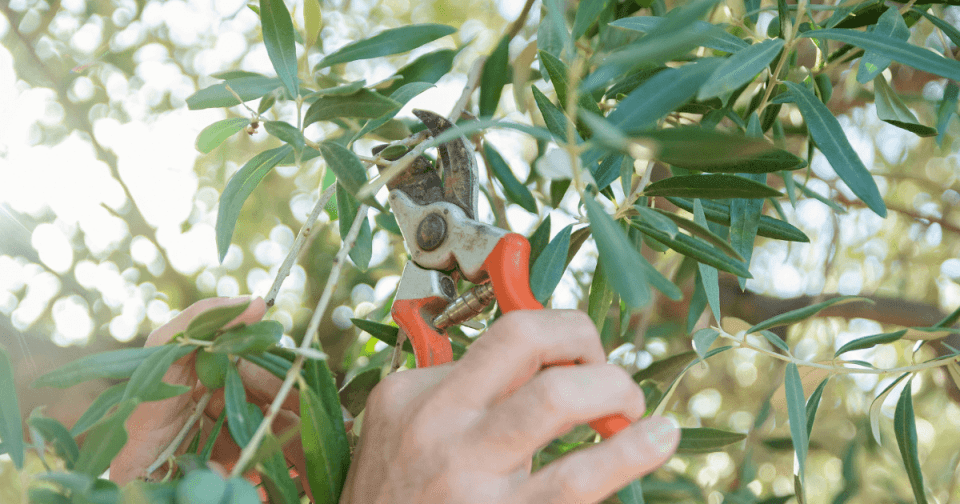
If any of your desert trees require maintenance pruning, now is the time to do so. Consider selectively thinning crossing or dropping branches in Acacias, Mesquites, Olives, and Sumacs. However, avoid performing heading cuts during the hot summer season, as they can stress new growth and expose young branches to leaf burn. For more information on pruning, visit Star Note #105 – The Principles of Pruning!
3. Check irrigation to prevent leaf burn.
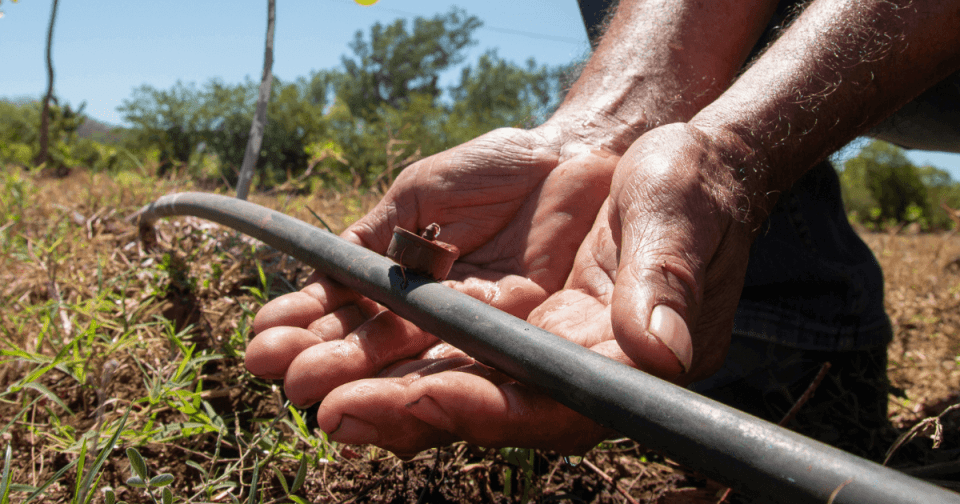
As temperatures rise, your plants may suffer from leaf burn caused by insufficient water within the plant. This condition occurs when there is an inadequate water supply within the leaf to keep it from going completely dry during the evaporation process. Factors such as soil lacking oxygen, wind, and extreme heat can exacerbate leaf burn. If leaf burn occurs in the center of the leaf, check to see if your irrigation system is running correcting and make repairs if necessary. You may also consider providing temporary cover or shade for exposed plants until cooler temperatures return in the fall.
4. Keep an eye out for pests and disease.
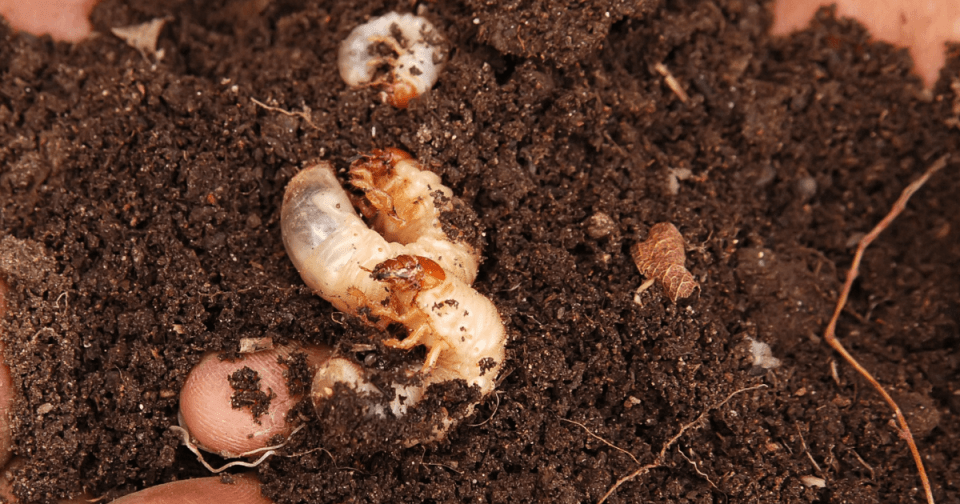
June is another critical month for addressing grubs, as they actively lay eggs and multiply. To combat these pests, utilize a granular insect killer like BioAdvanced Complete Insect Killer. Carefully apply the product at the base of susceptible plants or those known to be infected. Be sure to read the label and instructions before using any chemical to ensure effective and safe usage! For more information on summer pests and disease, read Tips for Prevention.
5. Plant no-stress heat-tolerant flowers.
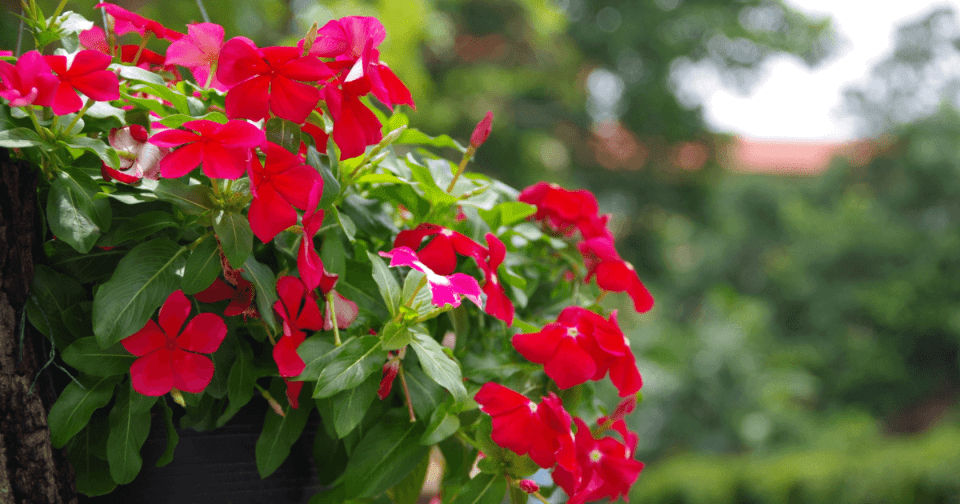
Bring your garden to life with little maintenance by planting heat-tolerant flowers like Vinca, Zinnia, Gazania, and Star Flower! Ranging in color from cool to warm tones, these seasonal beauties will brighten your landscape in all areas. Plant in containers, hanging baskets, and borders, use as garden accents, or simply plant in masses for a stunning array of summer beauty.
6. Start looking in the garden for produce to harvest.
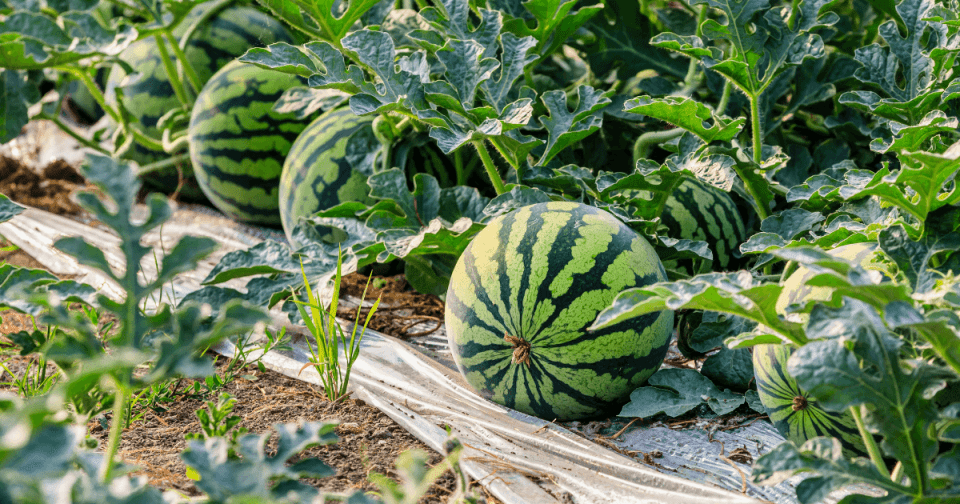
In this month’s episode of Desert Gardening News, join our expert team as they discuss which fruits and veggies may be ready to harvest this month, what to look for, and how to harvest them! To learn more, jump to minute 38:20 in our latest episode of Desert Gardening News to learn what to look for!
BONUS Tip: Prepare for fall with sunflowers and gourds!
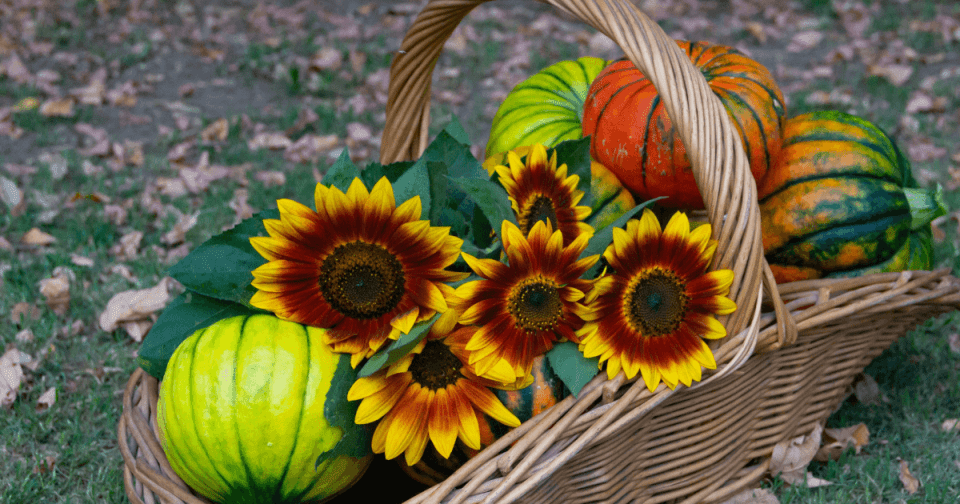
If you’re looking for a festive fall harvest, June is an excellent time to sow seeds for sunflowers and members of the gourd (Cucurbit) family. Sunflowers, known for their vibrant beauty, require 90-110 days to reach harvest, making them the perfect additions to your fall decorations. Additionally, gourds, including melons, pumpkins, and squash, thrive when planted in June, providing an optimal fall harvest of delicious seasonal produce.
As a desert Southwest gardener, June demands your attention to maintain a healthy and productive garden. By implementing these tasks into your garden care routine, you are setting yourself up for gardening success during the hot summer months. Remember to adapt these tips to suit the specific needs of your garden and it’s micro-climate. Embrace the challenges of gardening in the Southwest and let your green thumb flourish!
Follow us for the latest gardening news and updates!
